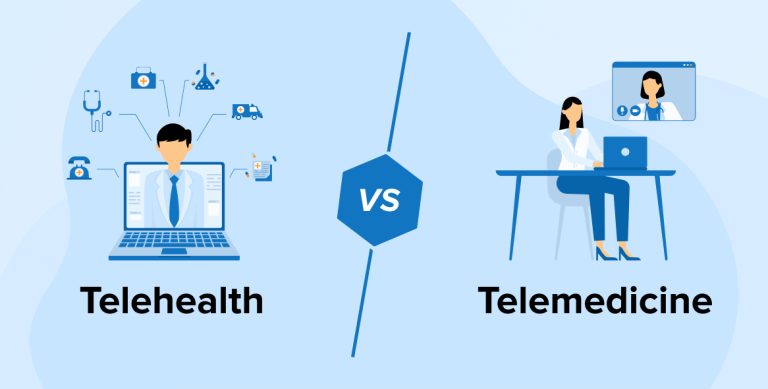
Patients nowadays want immediate, enhanced, and personalized care for their health issues. On the other hand, the number of patients and complex diseases is on the rise which increases the difficulties for clinical service providers. However, you can leverage the evolving technological landscape to meet your specific requirements. Two concepts in this area are telehealth vs telemedicine. These terms are often confused for having similar meanings and are used interchangeably. But in reality, each term refers to a different scope of healthcare services.
As a healthcare software development company, we’ll help you explore the concepts of telehealth vs telemedicine, discussing their pros and cons. In the end, we will identify the key factors that differentiate them.
1. What is Telehealth?
Using technological and electronic communication tools to improve patients’ health is known as Telehealth. It involves a wide range of healthcare services that can be offered remotely through electronic platforms, such as audio and video communication tools and other software solutions.
Telehealth, also known as mHealth, aims to help patients who find it difficult to receive medical care. There are many factors that can affect the patient’s ability to receive direct healthcare services. It may be because they live in remote areas or because of their own disability to reach a nearby clinic.
In such cases, telehealth is an option that allows healthcare professionals to deliver medical services directly to the patient. It is an umbrella term for a large array of health and non-health services, including patient counseling and monitoring their conditions, employee training, health education, administrative meetings, and more. The U.S. telehealth market size was valued at USD 49.85 billion in 2023 and is projected to surpass around USD 460.56 billion by 2033, registering a CAGR of 24.9% over the forecast period of 2024 to 2033.

Any task that helps you deliver enhanced patient care remotely is included in Telehealth. Such as using apps to view test results and track blood pressure and sugar.
2. Benefits of Telehealth

The ability to access a range of healthcare services in the palm of your hand is a remarkable advancement. It’s a giant leap forward for the healthcare system as a whole. The benefits you receive by using telehealth services include:
2.1 Improved Patient Outcomes
Telehealth makes it easy to monitor patients with chronic conditions remotely. It also allows doctors to treat patients living in remote locations. For patients who were facing difficulties in receiving better or any treatment at all, telehealth offers an opportunity to not only access medical services but also improve health as a result.
2.2 Infection Control
Healthcare professionals leverage telehealth services, such as video conferencing, to communicate with patients when they can’t meet them physically. One such instance is when there is a risk of infection. Many deadly diseases are infectious. In this scenario, the doctors and clinic staff can’t risk getting exposed while ensuring that patients receive the necessary care and are not left untreated.
The use of telehealth services skyrocketed during the COVID-19 pandemic. People were locked inside their houses due to lockdowns, and hospitals were filled over capacity. In such times, many patients receive treatments through telehealth services such as audio and video calls. This helped patients get treated right in their homes without the need for a doctor to visit them or for them to visit a clinic. Not to mention, this also helped contain the further spread of the COVID-19 virus. Here are the trends in the use of telehealth during the emergence of the COVID-19 pandemic.

2.3 Reduced Healthcare Costs
The cost of a virtual meeting is generally lower than a real visit to the hospital. You save money on overhead costs and travel expenses with telehealth services. Additionally, because it is virtual, the timings for the meetings can be scheduled flexibly and need not be in the fixed span of hospital timings. This allows patients and their family members to not leave their work to visit doctors, which prevents potential financial consequences.
On another note, when doctors use telehealth services internally, they can coordinate and communicate better. They wouldn’t have to run the same tests again and again for different departments. Instead, medical professionals can get together in a virtual meeting to discuss the test findings and prepare a suitable plan for the patient’s treatment.
This saves patients time and money that would have otherwise been spent on giving the same test again and again and discussing it with different doctors.
2.4 Minimizes Patients’ No-show Rates
Many times, patients don’t show up for a scheduled appointment with their doctors for several reasons. This not only nullifies the efforts of the staff who coordinate with the patients and doctors to arrange an appointment but also increases their work as they have to follow up with the patients asking about their absence.
However, telehealth is a convenient option for both parties if it’s only for consultation. There is no transportation barrier, allowing both doctors and patients to meet virtually, even if any one of them is in a remote location. The timing can also be adjusted to suit the requirements of both parties. This convenience encourages the patients to show up for their virtual appointments.
3. Disadvantages of Telehealth
Telehealth services undoubtedly provide many benefits, but it is not an ideal option in every situation. This means it has certain limitations that pose challenges to doctors and patients. Some of them are as mentioned below:
3.1 Physical Exams Couldn’t be Performed Virtually
It is easy for a doctor to meet a patient virtually, discuss their symptoms, analyze tests, diagnose a disease, and give a prescription. However, if a medical diagnosis requires a doctor to conduct a physical exam, then it is difficult to do so when meeting virtually.
Given that both the patient and doctor use a good-quality webcam, it would still be difficult for a doctor to perform a thorough and accurate physical examination on the patient. Physical exams demand a face-to-face meeting.
Blood draws, cheek swabs, and other similar tests are also included in physical examinations, which are impossible to conduct virtually. For that, either the patient needs to visit the nearby lab or clinic or the doctor needs to visit the patient at home.
3.2 Security Concerns Related to Patient’s Data
Everything in telehealth services is done online. So, there is a high risk of unauthorized access or data breach. Therefore, it is important for telehealth services providers to implement the best security measures to protect patient’s data. They need to comply with the relevant rules and regulations at both local and international levels, ensuring data privacy and security for patients.
The US’s Health Insurance Portability and Accountability Act (HIPAA) and the EU’s General Data Protection Regulation (GDPR) are the most popular privacy regulations.
3.3 The Need For Additional Training and Equipments
Healthcare professionals might need effective hardware and software solutions and reliable IT support to provide telehealth services, whereas patients might need to install apps to get benefits. In any case, both patients and doctors need to either purchase or install sophisticated equipment.
The hospital staff should be given proper training to use telehealth solutions to deliver enhanced patient care. There is also a possibility that many patients might need to learn how to use and navigate through newly downloaded telehealth apps.
4. What is Telemedicine?
Telemedicine is a specific field of telehealth solutions that focuses on delivering improved medical care to the patient. It’s about using virtual platforms and communication tools to meet online to diagnose the patient and refer to suitable treatments. Telemedicine was an ideal option during the outbreak of the COVID-19 pandemic. The global telemedicine market size is expected to be worth around USD 590.9 Bn by 2032.

The literal meaning of the term telemedicine is providing medical care from a distance. It allows patients to share their vitals and test results with doctors in real-time. In response, the physicians provide a prescription without any physical interaction. Telemedicine makes medical care more accessible for patients.
Audio and video communications can also be used for follow-ups, regular reporting, handling chronic conditions, and other remote clinical services.
5. Benefits of Telemedicine
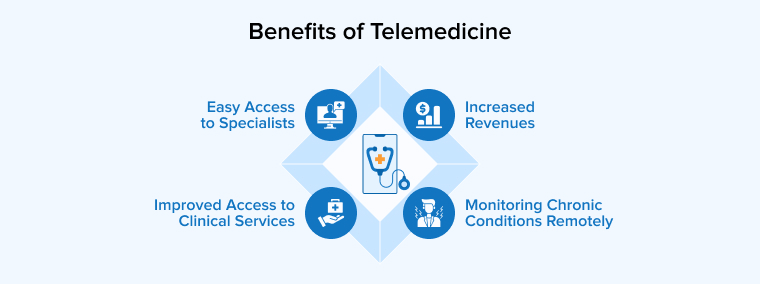
Telemedicine offers a convenient option for patients and doctors. It helps reduce the administrative burden and facilitates better personalized medical care. Some of the benefits of telemedicine services are as follows:
5.1 Easy Access to Specialists
A patient has to use a certain mode of transportation to reach the hospital or clinic and then get in a line to wait until their turn to meet the doctor. All of this hassle, even if they have made an appointment in advance. Not to mention such difficulties may sometimes adversely affect the patients, especially the ones with a chronic condition.
On the other hand, the patient can meet the doctor virtually from the comfort of their home. They can explain their situation and symptoms, and receive a diagnosis from the doctor in real-time, thanks to telemedicine solutions.
It enables them to get quick access to specialists. It is important to mention that getting consultations from specialists is often expensive when patients visit in person.
However, that cost can be reduced significantly when doctors are available to offer counseling through online platforms.
The best thing is that patients can quickly schedule their appointments for a time of their convenience. They no longer need to adjust to the timetables of a clinic, as there is no need to visit one in the first place.
5.2 Monitoring Chronic Conditions Remotely
Telemedicine provides remote monitoring tools that track patients’ vital signs and deliver this information to healthcare providers in real-time. So they can offer personalized care plans for each patient.
Remote monitoring is quite beneficial for patients with chronic diseases as it allows early detection of health issues. This approach can reduce the need for emergency intervention or to admit the patient to the hospital.
With remote health monitoring, patients with chronic conditions can receive better and more efficient treatment without visiting the clinic. To provide remote clinic services, physicians use medical devices like fitness trackers, biosensors, glucose trackers, and other health monitoring apps that can be easily installed and used in wearable and mobile devices.
5.3 Increased Revenues
Virtual meetings reduce the patient no-show rate and virtual check-ins increase the patient in-flow rate. Also, through telemedicine platforms, physicians can attend to more patients, which helps increase the revenues of the hospital. These increased funds can be invested in delivering better healthcare.
Remote clinic services allow doctors to treat patients from any corner of the world, maximizing the reach of the specialists and their healthcare services. Moreover, features such as convenient scheduling, 24/7 online booking, and other telemedicine practices attract more patients.
5.4 Improved Access to Clinical Services
Telemedicine eliminates many barriers to obtaining better healthcare, such as living in remote locations, lack of transportation, reduced mobility, personal time constraints, and limited access to specialists.
Patients who once faced difficulty meeting healthcare specialists can now easily seek care from them through telemedicine. This is particularly beneficial for the elderly, people with disabilities and chronic conditions don’t have to leave their houses to get treatment. Telemedicine brings the treatment to them.
Not only that, patients can also seek counseling from specialists who don’t live in their locality, allowing them to access better care.
6. Drawbacks of Telemedicine
Telemedicine is a good concept, but it is not a perfect one. There are some limitations to its use for patient care.
6.1 Technological Barriers
Both doctors and patients require a reliable telemedicine platform and a good internet connection to communicate online. However, both parties must know how to use the app or software for improved medical care. Healthcare professionals must also ensure that their telemedicine solutions comply with relevant regulations, such as HIPAA and GDPR. On the other hand, if the patient is technologically illiterate, then it would be impossible to get medical care virtually.
6.2 Lack of In-Person Interaction
A physician might miss out on some important physical symptoms of the illness by not meeting them in person. Many diseases need in-person interaction with clinical service providers to get better diagnoses and effective treatment. But that can’t happen in a virtual meeting. It also restricts doctors from building a good rapport with their patients.
While doctors may have limited effectiveness in a virtual meeting, many patients feel like they are getting better treatment during in-person visits to the clinic. Additionally, many patients may not feel confident to share more personal details over an audio or video call, which they would have conveyed to the doctor during an in-person interaction.
6.3 Licensing Issues
Clinical staff can’t always provide telemedicine services due to restrictive state and regional laws. A key issue is that they just may not have the necessary license to practice medicine in that state or region. If they want to treat a patient located in another region or state, then they first need to obtain a license permitting them to operate on the patients where they are located.
7. Differences Between Telemedicine and Telehealth
Many people get confused between telehealth and telemedicine and often use them interchangeably. Though these terms are related, there is a difference in their core concept. Both aim to offer remote healthcare services, but their scope of activities varies.
7.1 Telehealth vs Telemedicine– Technology They Use
Telehealth leverages a variety of technologies, including media streaming, video conferencing platforms, mobile apps, wearable devices, and online communication tools. Because it encompasses a broad range of operations, telehealth also involves various types of healthcare software solutions, management systems, and patient portals.
Telemedicine uses audio and video platforms for real-time discussions between doctors and patients. This approach also includes providing written prescriptions which might be shared through mails or other messaging platforms.
7.2 Telehealth vs Telemedicine– Types of Services
Telehealth encompasses a broad range of clinical and non-clinical services. These services include remote patient care, training for medical staff, online learning, managing patient records, and other administrative tasks. All of these activities can be done online using software or mobile applications.
Telemedicine only includes clinical services such as tracking patients’ symptoms, diagnosing them, creating a healthcare plan, virtual meetings and follow-ups, and remote patient care.
The key difference between telehealth vs telemedicine services is that telemedicine is an integral aspect of telehealth. So telehealth offers all the services telemedicine has to offer and more, while the domain of telemedicine is restricted to clinical services.
7.3 Telehealth vs Telemedicine– Examples
Telehealth is an umbrella term encompassing a large range of clinical and non-clinical services, including:
- Healthcare professionals send examination notes, test reports, and important documents to patients through emails
- Healthcare providers getting online training and education
- An online consultation with the specialist on a video platform
- Using healthcare applications on mobile and wearable devices to track and monitor patient’s health and vitals
- Saving and sharing patient’s medical history through patient portals
- Handling administrative tasks of a hospital, such as maintaining medical inventory, scheduling appointments, and more, using healthcare software
- Getting alerts or seeking information regarding any disease outbreak
Any kind of activity carried out online leading to improved patient care is included in Telemedicine.
- Regular wellness updates
- Sending medical prescriptions
- Mental health counseling
- Nutrition and diet counseling
- Monitoring patients with disability and chronic conditions
- Offering treatments to patients with minor health issues such as back pain, sinus infection, and more
- Telecommunications through audio and video calls for phone consultations or virtual visits
8. Conclusion
The debate of telehealth vs telemedicine seems pointless when you realize both offer similar services. The only difference is just that telehealth covers a broader range of online healthcare services compared to telemedicine. However, the core purpose for both concepts remains the same; delivering enhanced medical care.
They make it easy for patients to access health care and get expert suggestions in real-time. A healthcare provider uses it to improve the quality of their services and prepare personalized treatment plans for their patients.
There are a few limitations in both of these domains, such as difficulties in physical examinations and the need to learn new technologies and platforms. Since telehealth solutions cover a long line of healthcare operations, they will also have a bit more technical complications. However, these issues can easily be addressed with a little training. After all, it’s a key to providing improved and immediate healthcare in the 21st century.
FAQs
What are three different types of telemedicine?
Real-time interactive services, remote monitoring, and store and forward telemedicine are the three types of telemedicine.
How are telehealth and telemedicine related but differ in the following ways?
Telehealth and telemedicine are indeed related, but there is a key difference between them. Telemedicine is about offering health-related services remotely through audio or video communication platforms. Meanwhile, telehealth uses healthcare software and online platforms to handle both clinical and non-clinical services.


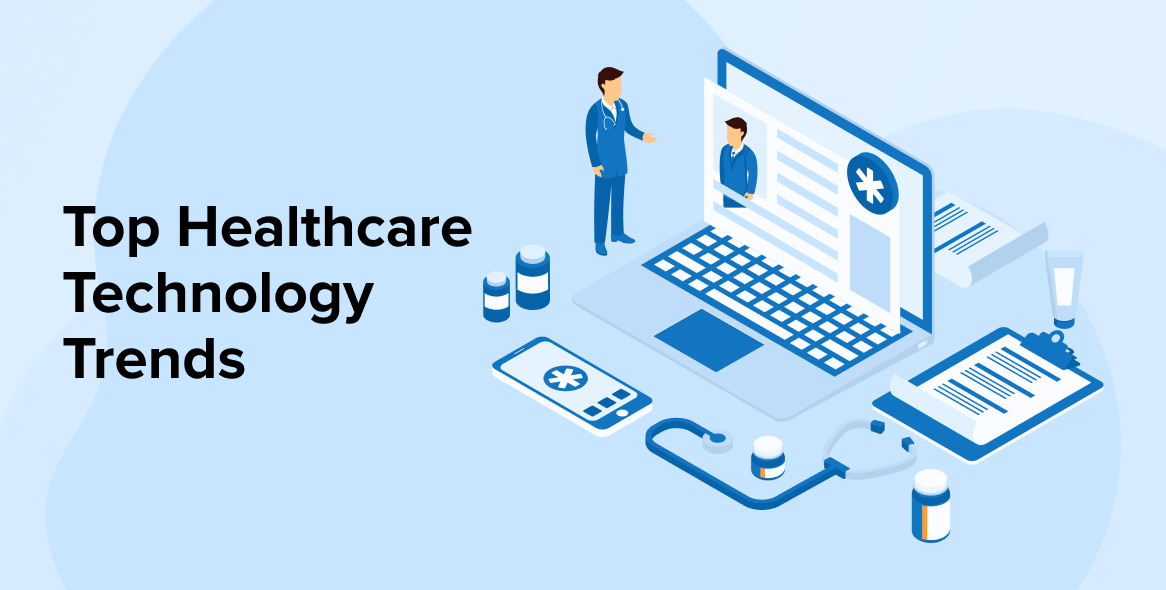
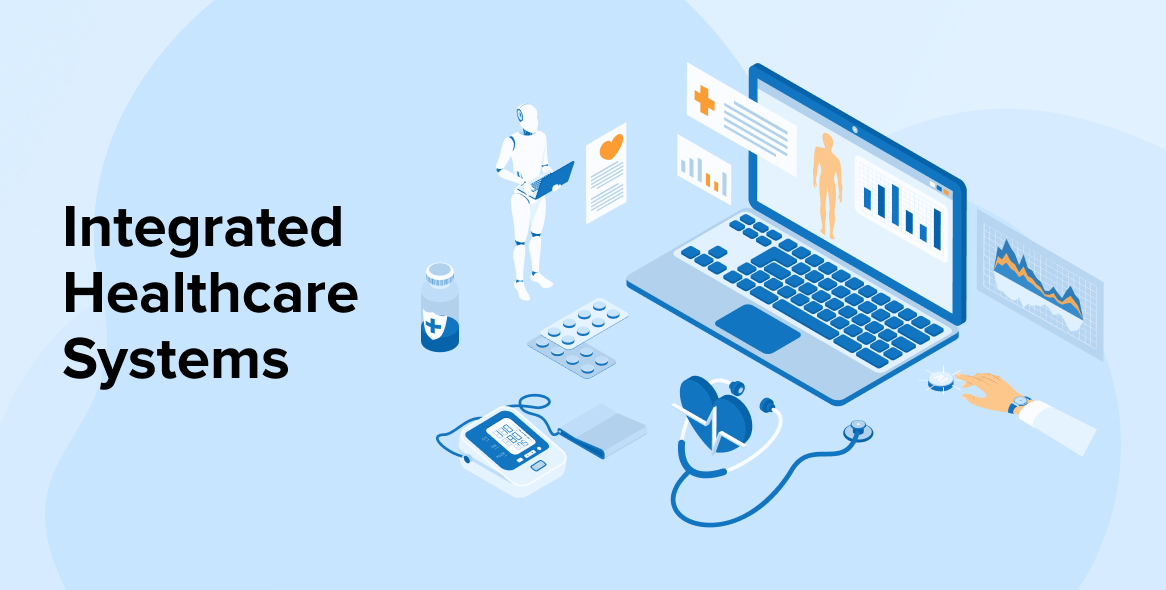
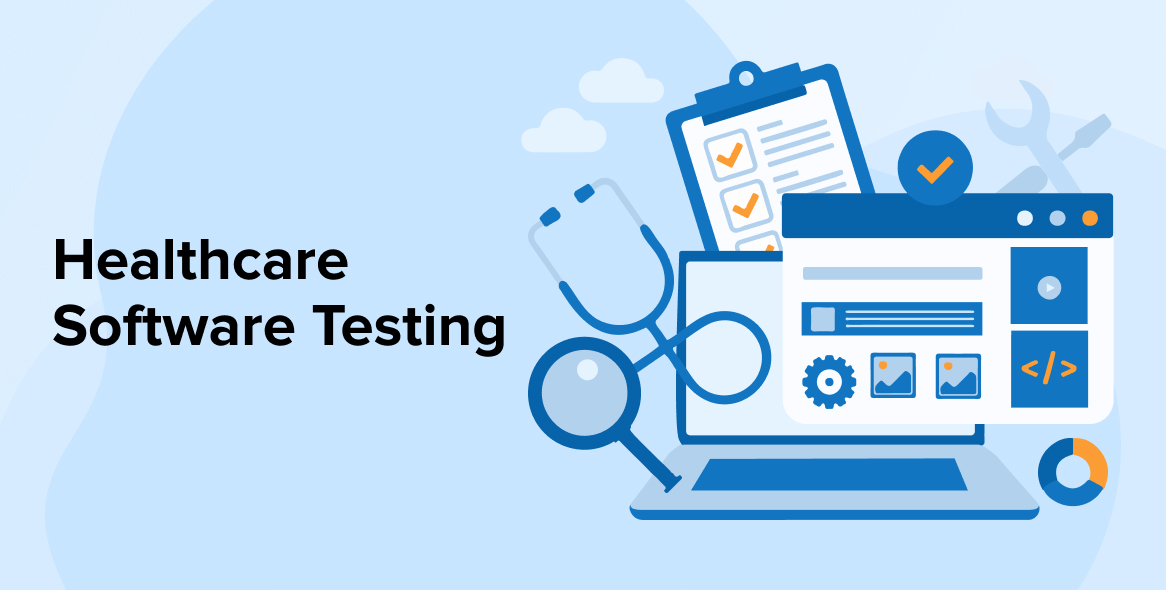

Comments
Leave a message...